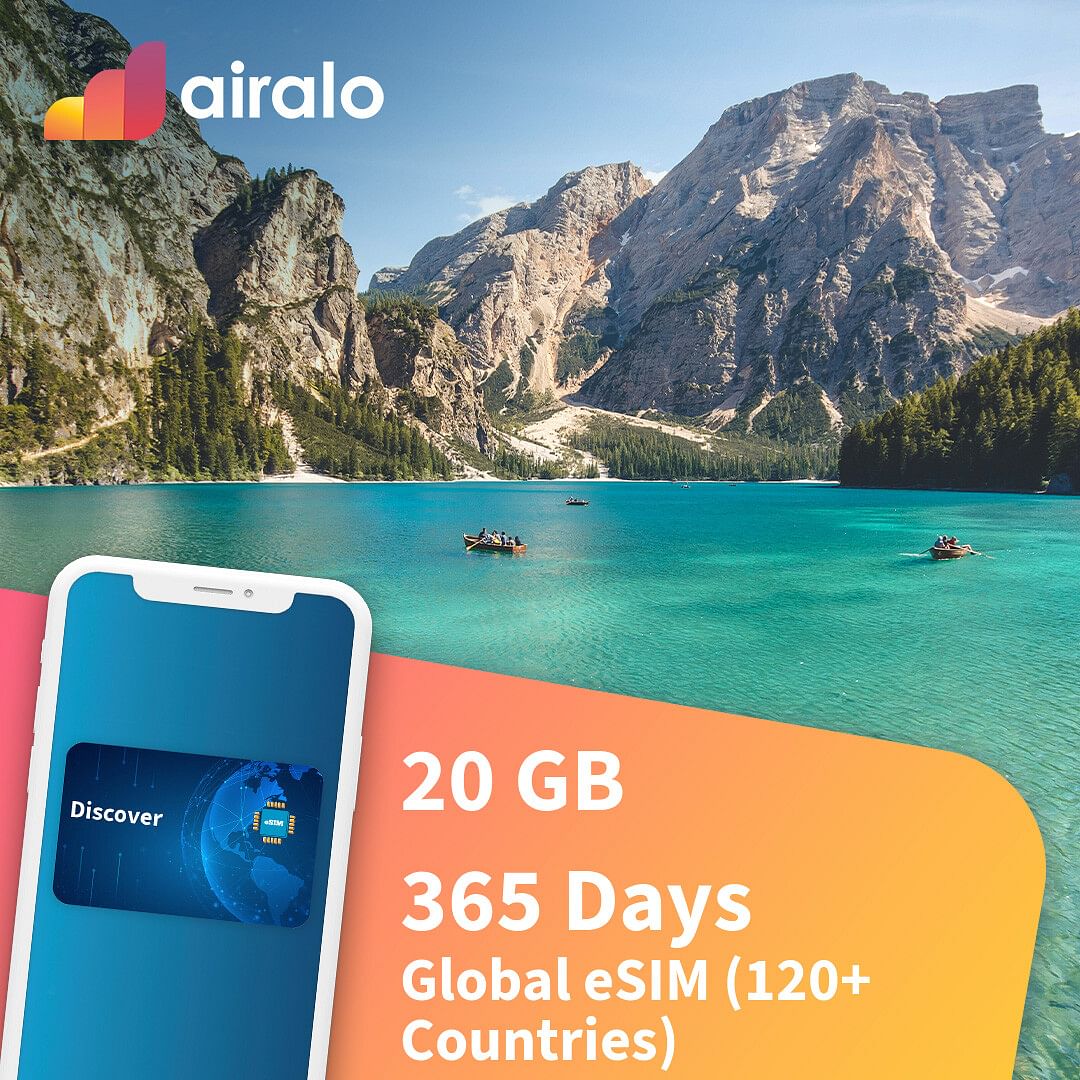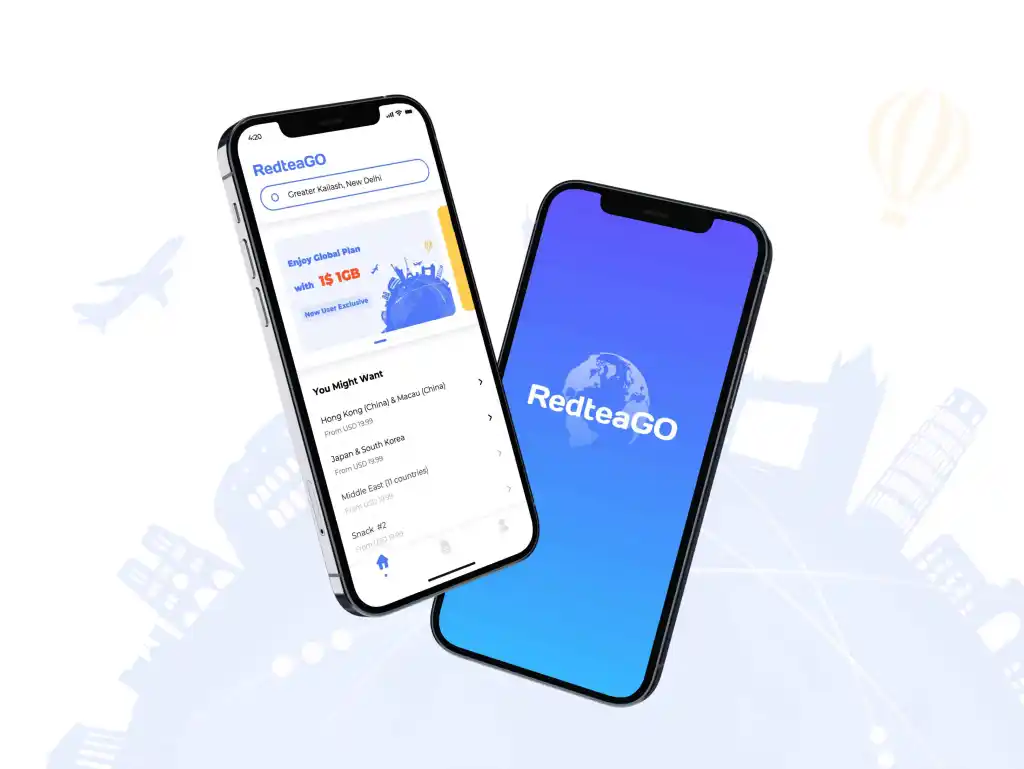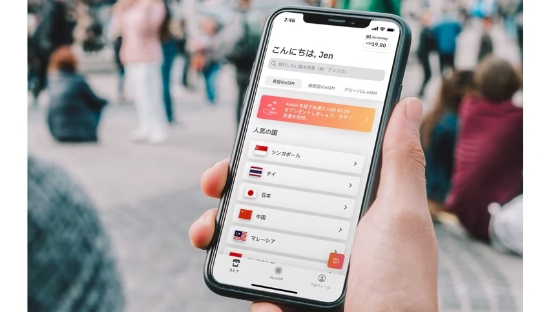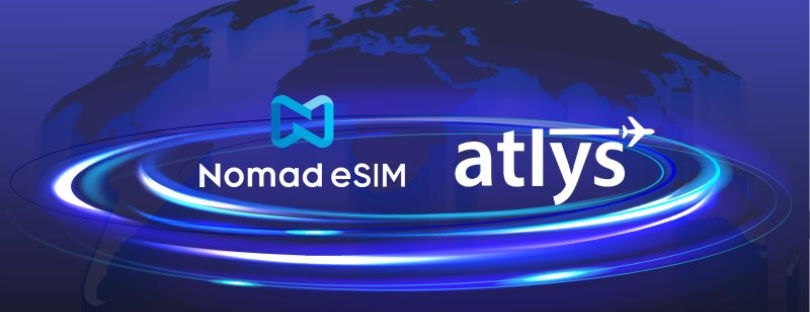
Why ‘Plug-and-Play’ Doesn’t Work Yet for eSIM Travelers
Let’s be real — eSIM ‘s should be the ultimate travel hack. No waiting for shipping. No fiddling with tiny plastic SIM trays on airport floors. Just scan a QR code and boom — instant connection. plug and play eSIM
At least, that’s the dream.
But if you’ve actually tried using eSIMs while traveling, you know the reality is a bit messier. While the tech itself is impressive, the user experience? Not so much. In fact, calling it “plug-and-play” feels generous — especially if you’ve spent 20 minutes squinting at unclear instructions or googling what “manual APN configuration” even means.
So let’s unpack this. Why does something that’s supposed to be seamless still feel like a gamble? And why isn’t eSIM onboarding as smooth and universal as it sounds?
1. The Myth of the Magic QR Code
Almost every eSIM provider promises the same thing: buy your plan, scan a QR code, and you’re connected.
But here’s the catch — there is no standard experience. Some QR codes expire after a single use. Some won’t work if you’ve already installed another eSIM on your phone. Some require you to turn off your primary SIM before installation. And some don’t even include data automatically — you have to manually toggle settings buried deep in your phone.
Worse, some providers email you a QR code image that your phone… can’t scan. So you end up doing a sad little dance with your second device, hoping your iPad camera or laptop display plays along.
The result? Something that should take 30 seconds often turns into a tech support mission.
2. Manual APN Setup: A Throwback No One Asked For
Let’s talk APN — Access Point Name — which is basically how your phone knows how to connect to the internet.
In a perfect world, this should configure itself the moment you install an eSIM. But surprise: some eSIM providers still make you enter this manually. That’s right, in 2025, we’re copy-pasting weird strings like internet123.providername.com into our phone settings.
Now imagine being a non-techie traveler just trying to get online in Bangkok. They expected a one-click setup and now they’re trying to figure out why mobile data isn’t working — all while bouncing between cafes with bad Wi-Fi.
This kind of friction kills the “effortless” image that eSIMs sell themselves on. And while some phones (like newer iPhones and Pixels) are more forgiving, many Android models still don’t handle APN changes well — or at all.
3. The Wild West of User Interfaces
Another reason eSIM onboarding feels clunky? The interfaces.
If you’ve used more than one eSIM provider, you already know: no two apps look or behave the same. Some make it painfully simple, with clear steps and installation buttons built right in. Others? They just email you a PDF and wish you luck.
There’s no industry standard for eSIM delivery, management, or even plan activation. Some apps show you real-time data usage. Others make you log in to a browser-based dashboard that looks like it was built in 2009. And let’s not forget the occasional glitch where your eSIM installs — but doesn’t activate — and no error message tells you why.
All of this creates friction. Not because the tech is broken, but because the human-facing part of the tech was an afterthought.
4. Device Compatibility Is Still a Problem
Even today, not all phones support eSIMs — and even fewer support multiple eSIMs at once. For global travelers or digital nomads juggling multiple countries, this becomes a real headache.
Some Samsung devices have eSIM support, but only if they were purchased in certain regions. Some carrier-locked phones (especially in the US) have eSIM support disabled. And budget Android phones? Often no support at all.
What’s worse, eSIM features behave differently across operating systems. iOS lets you label and prioritize SIMs fairly easily, but Android implementations vary wildly by manufacturer. Good luck trying to toggle between two eSIMs in an intuitive way on a budget Chinese Android phone.
Bottom line: “eSIM compatible” doesn’t always mean “eSIM easy.”
5. Travel-Specific Troubles Nobody Tells You About
Let’s say you do manage to install and activate your eSIM before takeoff. You land in a new country, switch on your phone, and… nothing happens.
This happens a lot. Maybe the eSIM doesn’t connect to the right roaming partner. Maybe you need to manually enable data roaming for that profile. Or maybe — and this one’s a classic — you forgot to disable your primary SIM, so the new one never kicked in.
Other times, the plan you bought didn’t include the country you landed in. Or worse, the plan activated before your trip even started and expired en route.
These aren’t technical failures. They’re experiencing failures. The kind that makes travelers feel like they’ve been tricked.
6. Support is Often an Afterthought
When you buy an eSIM and run into issues, what happens next?
If you’re lucky, the provider has 24/7 chat support with real humans who know what they’re doing. If you’re not, you’re stuck in an endless loop of FAQs, unhelpful AI bots, or delayed email replies.
Many providers rely on affiliate-driven models and prioritize acquisition over retention. That means they optimize the “buy now” experience but not what comes after.
But let’s be honest: the real value of an eSIM provider is what happens the moment something breaks — and right now, the industry isn’t delivering.
So… What Needs to Change?
eSIMs are here to stay, and for good reason. They eliminate plastic waste, reduce shipping delays, and have the potential to make travel connectivity a breeze.
But the experience isn’t there yet.
To make eSIMs truly “plug-and-play,” we need:
- Universal standards for how eSIMs are delivered and installed.
- Automatic APN setup across all providers and devices.
- Streamlined user interfaces that prioritize clarity and consistency.
- Clearer compatibility guidance before purchase.
- Better real-time support for when things go wrong.
Until then, eSIMs will keep being a bit like budget airlines: cheap, fast, and full of surprises.
Final Thought
If you’re a frequent traveler, eSIMs are still worth exploring. Just don’t fall for the marketing hype that makes it sound like a 2-click magic trick.
It’s not quite plug-and-play. At least, not yet.
But when it does get there? It’ll be a game-changer.











